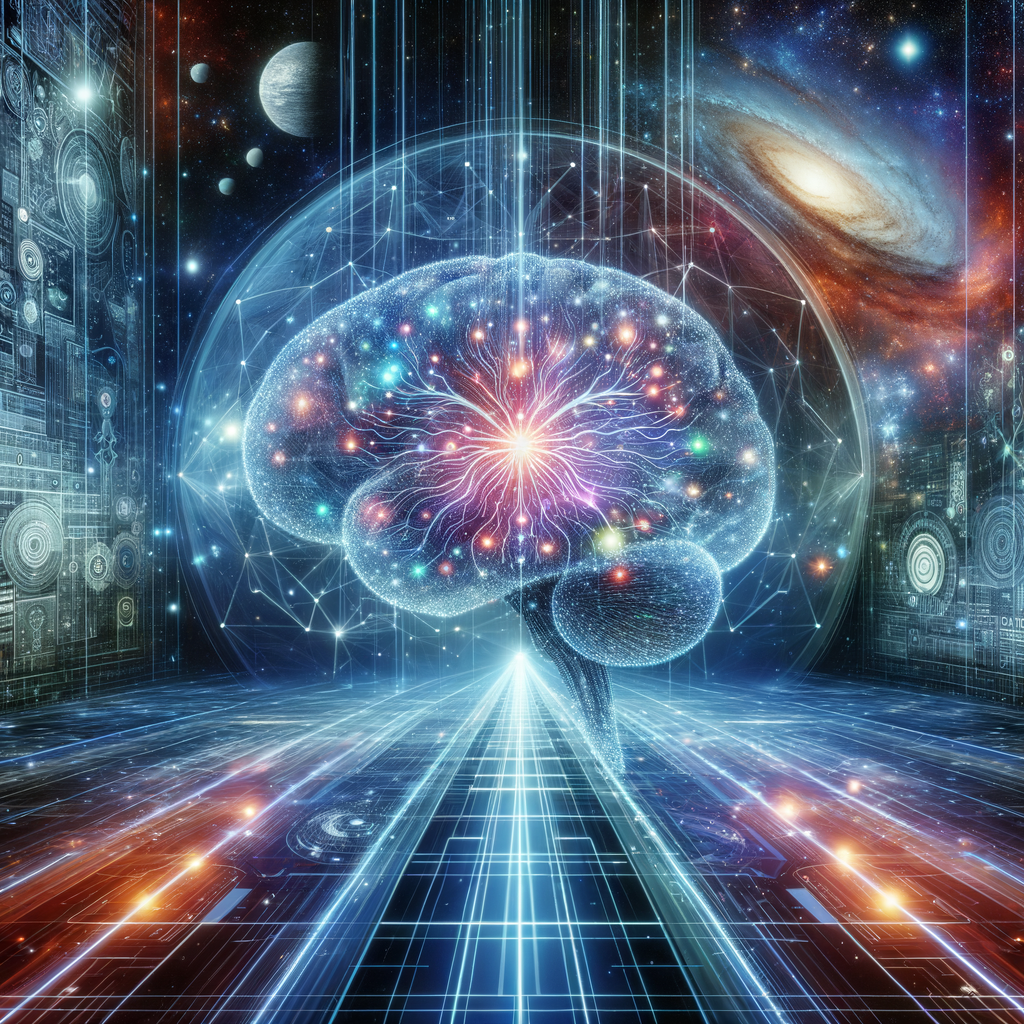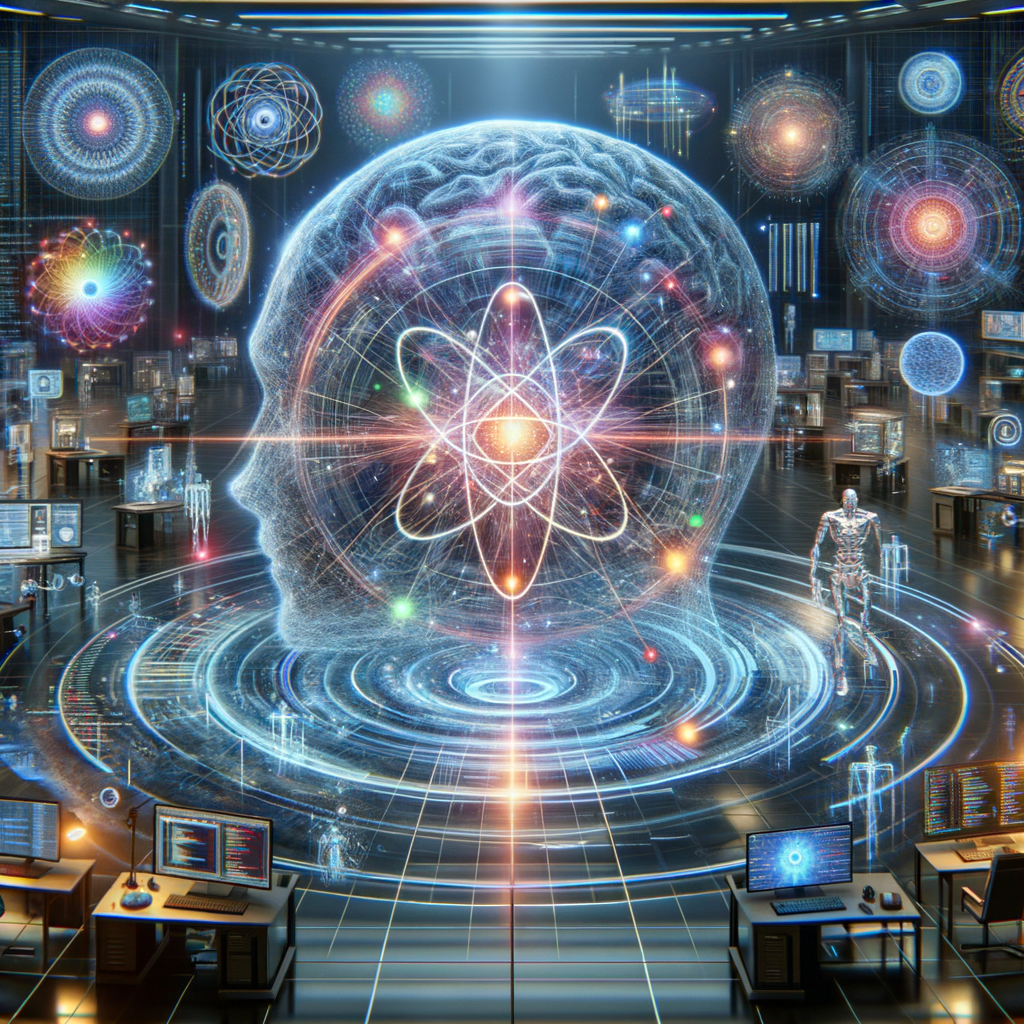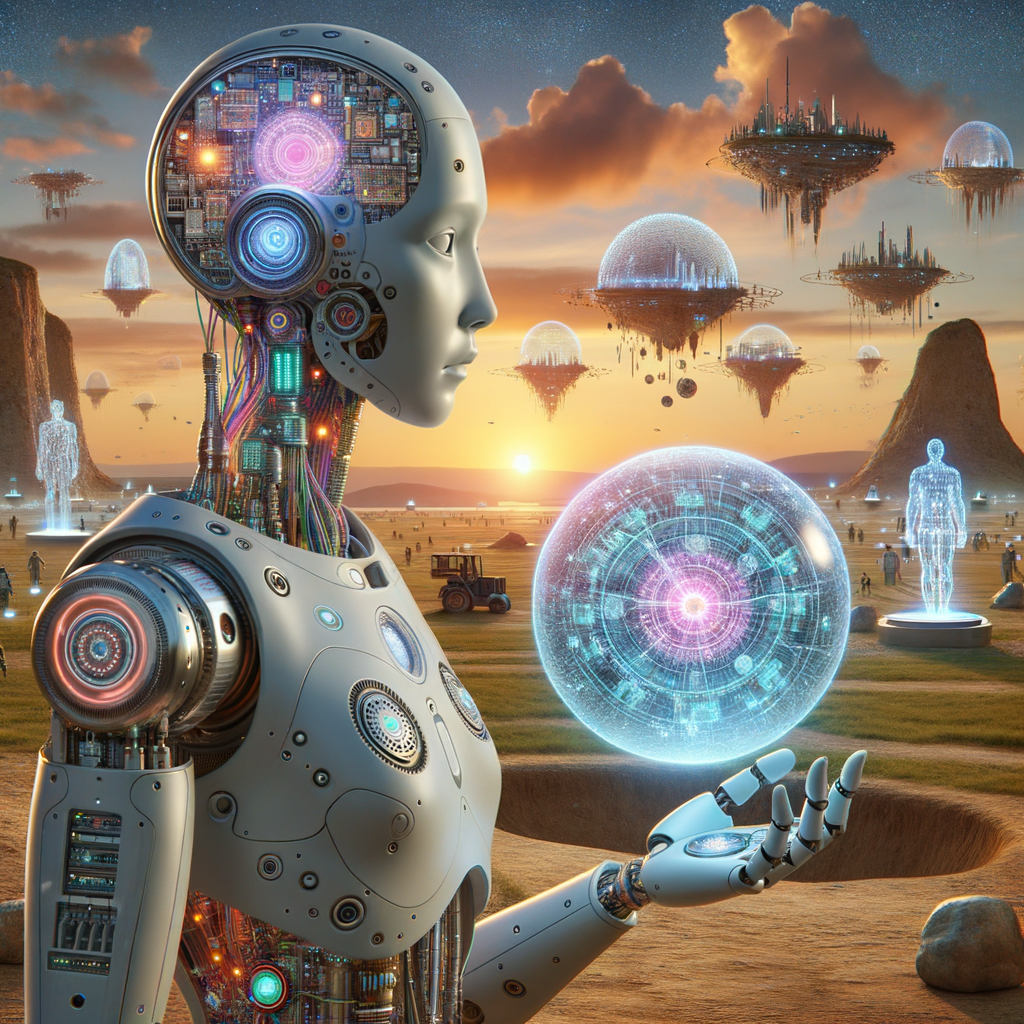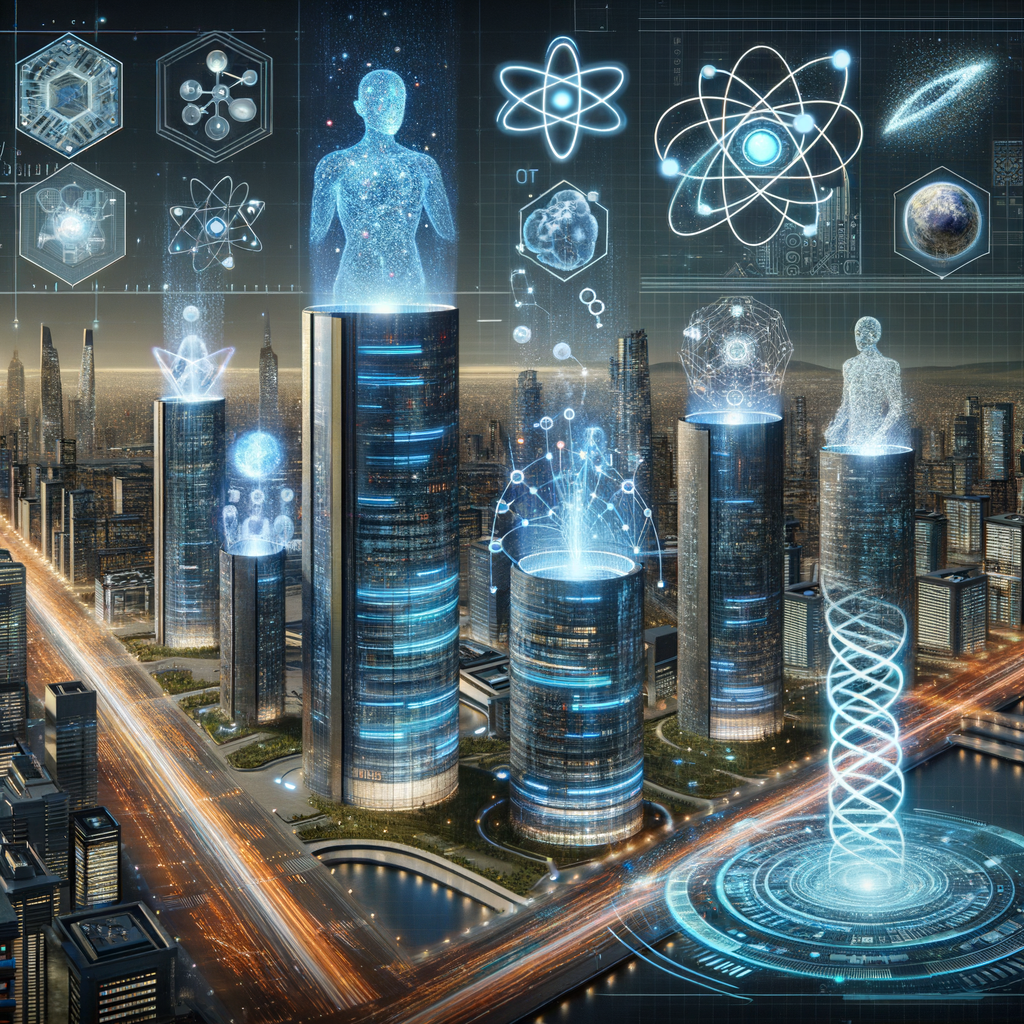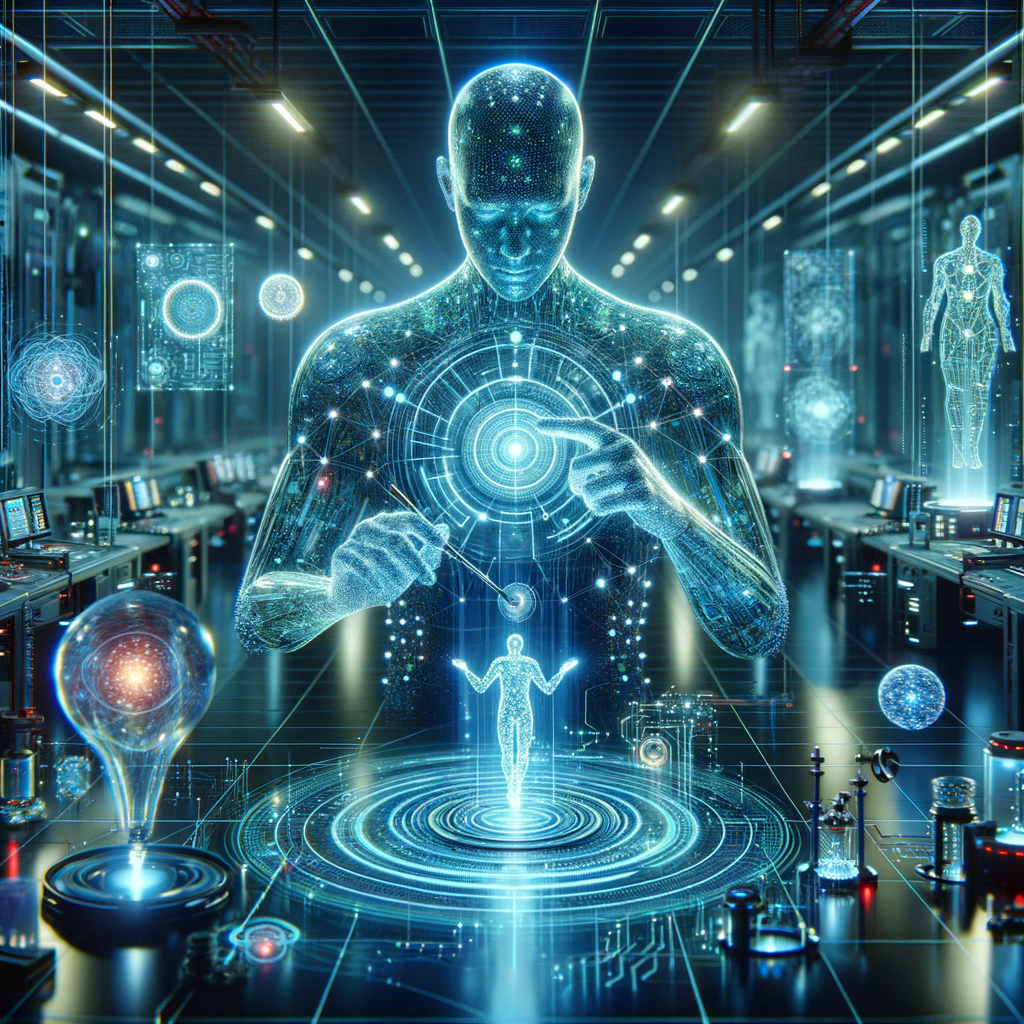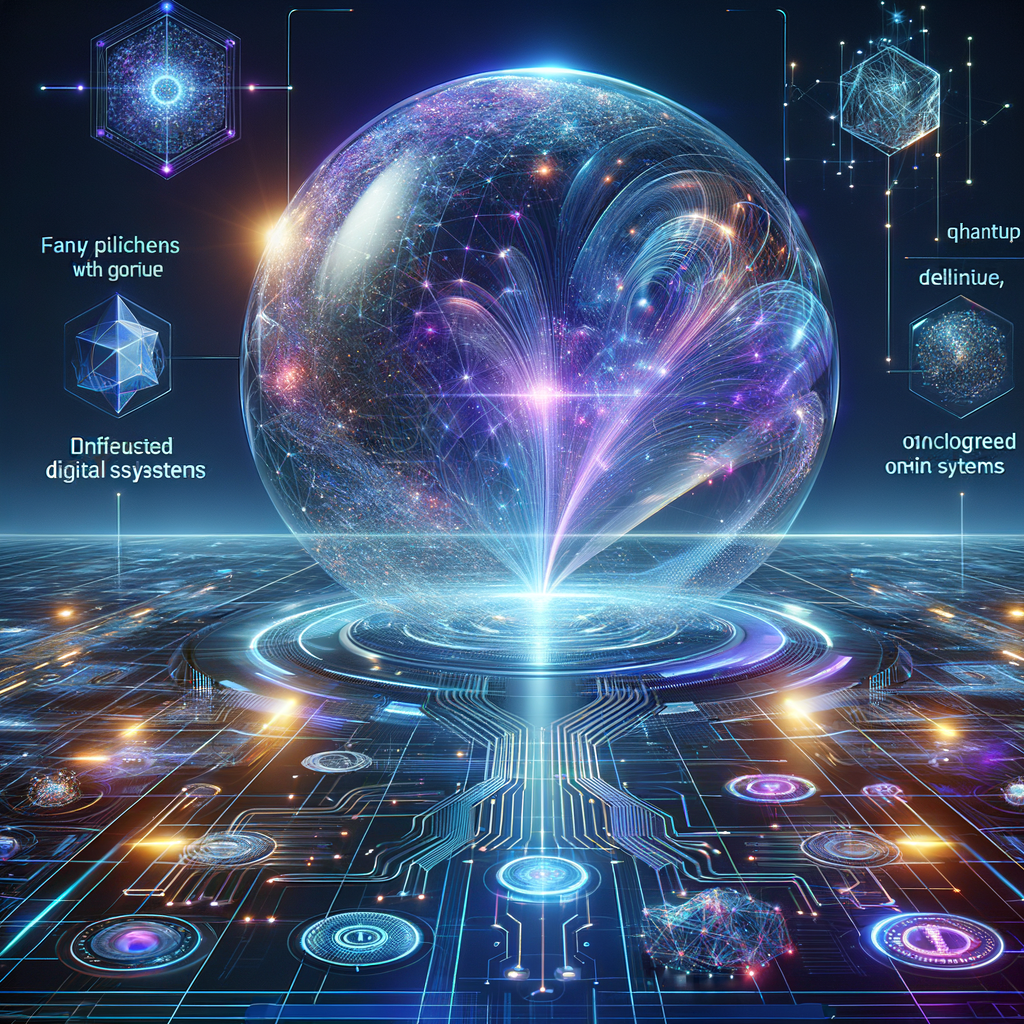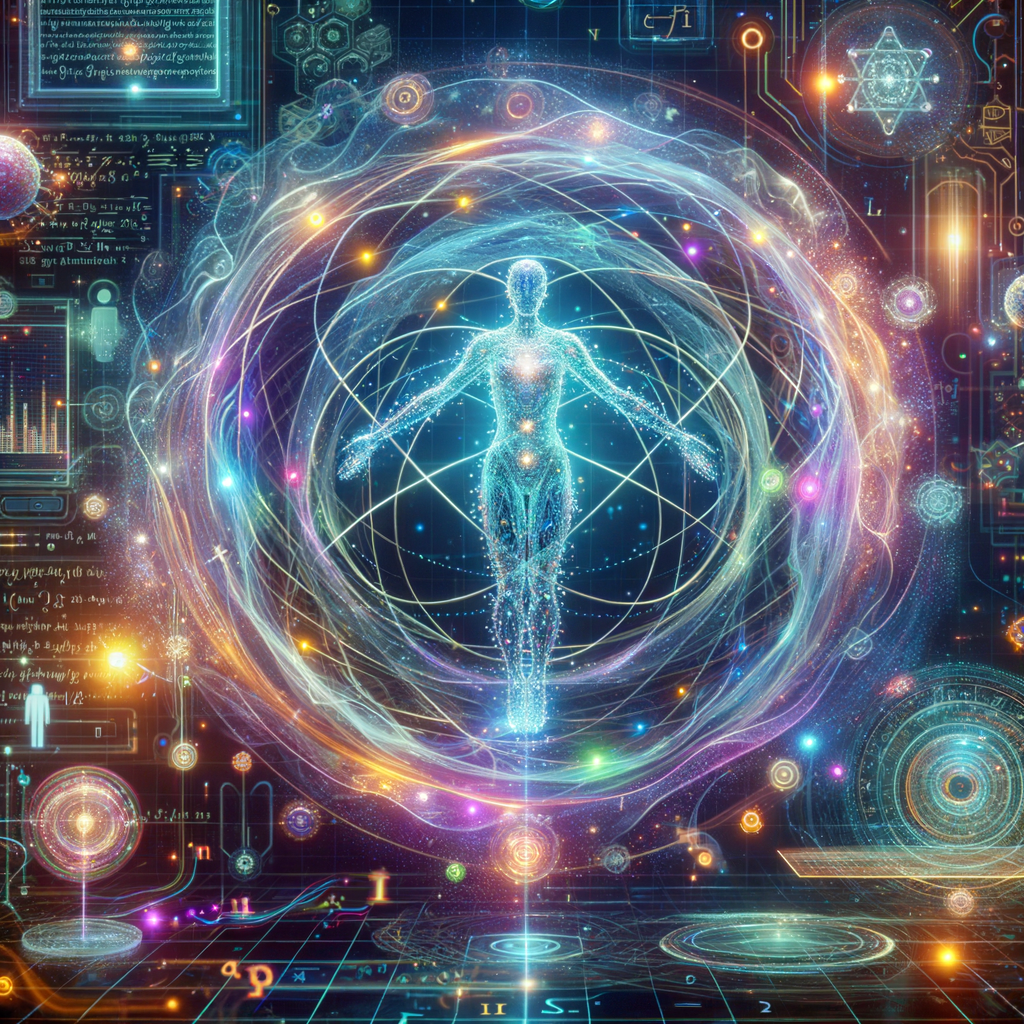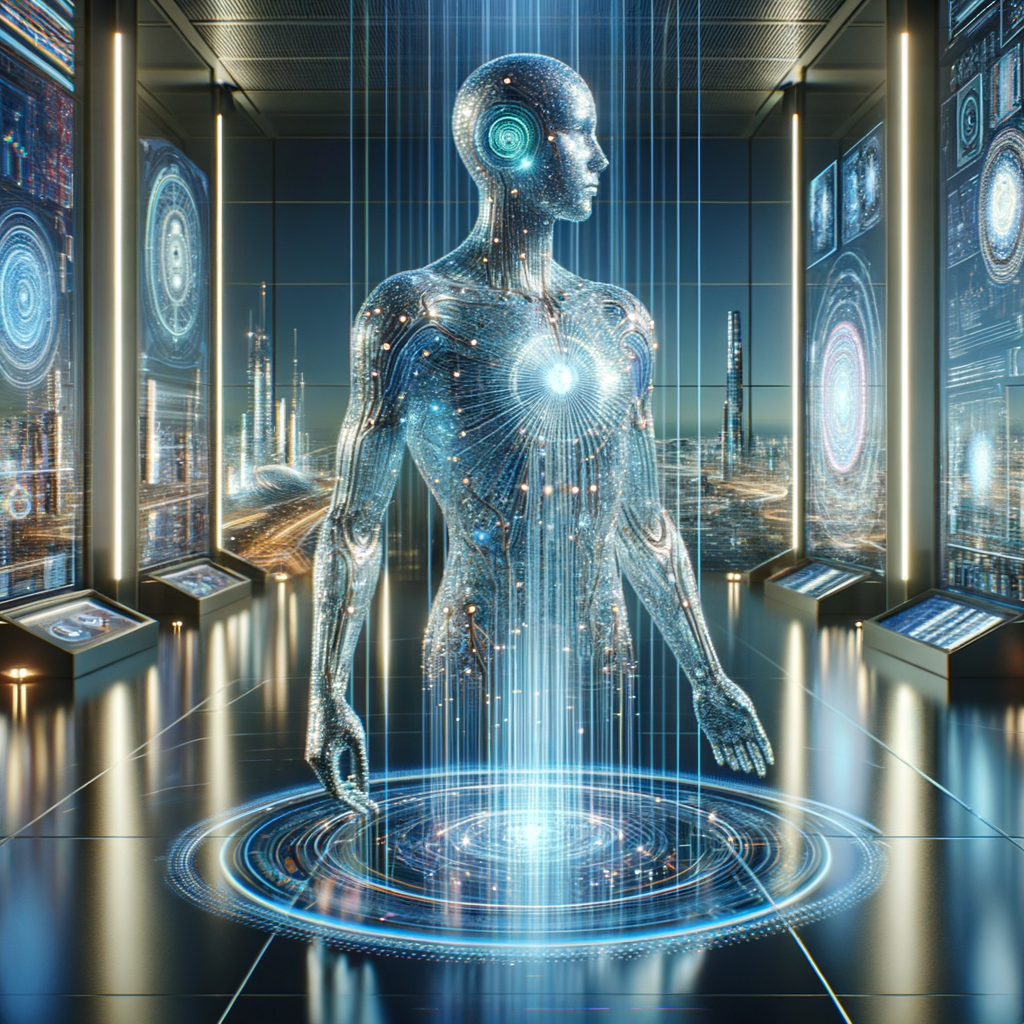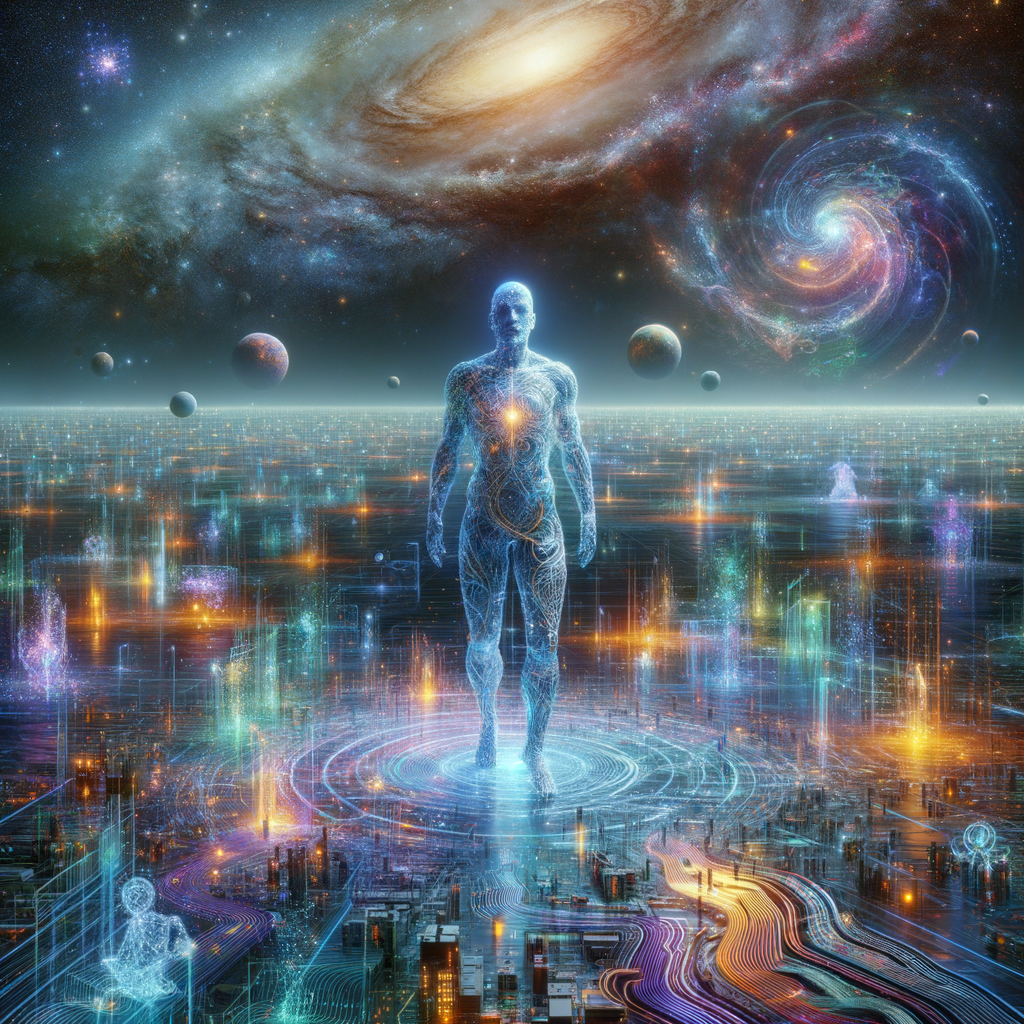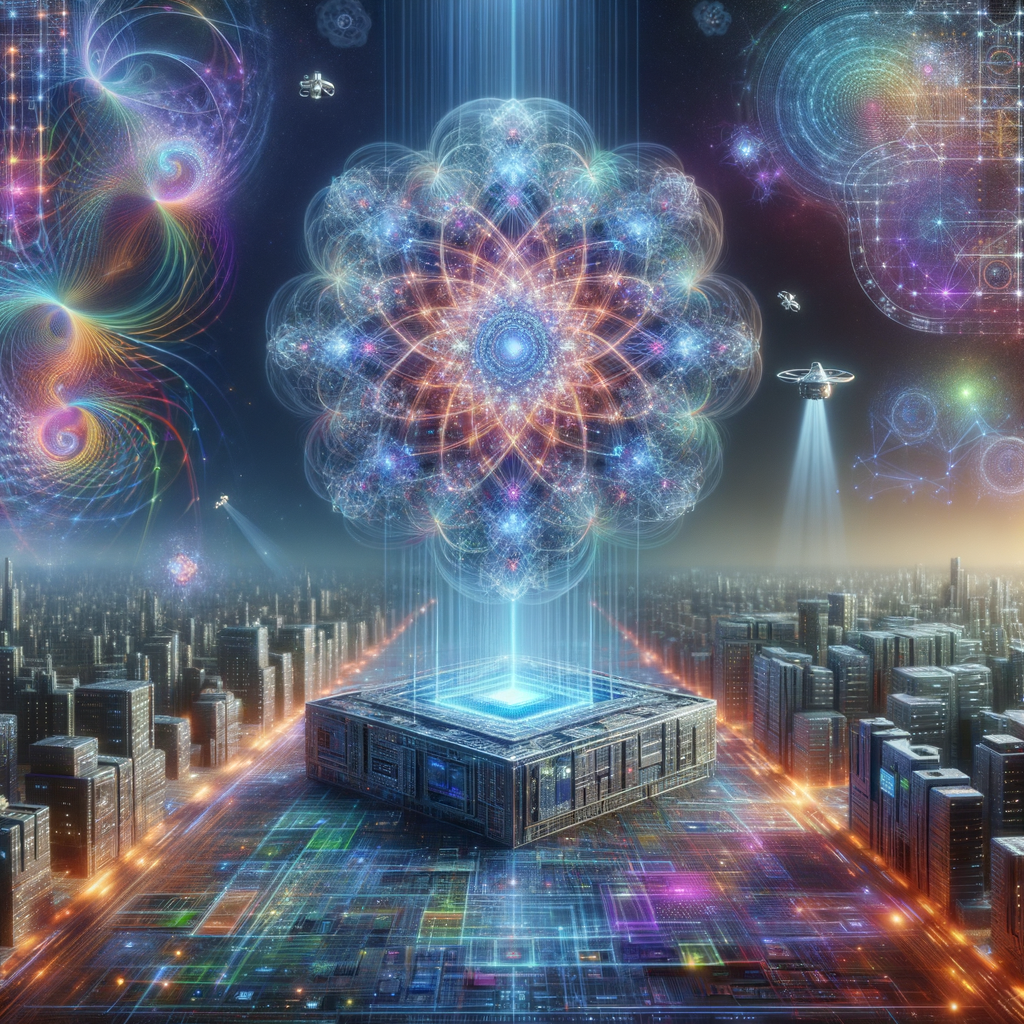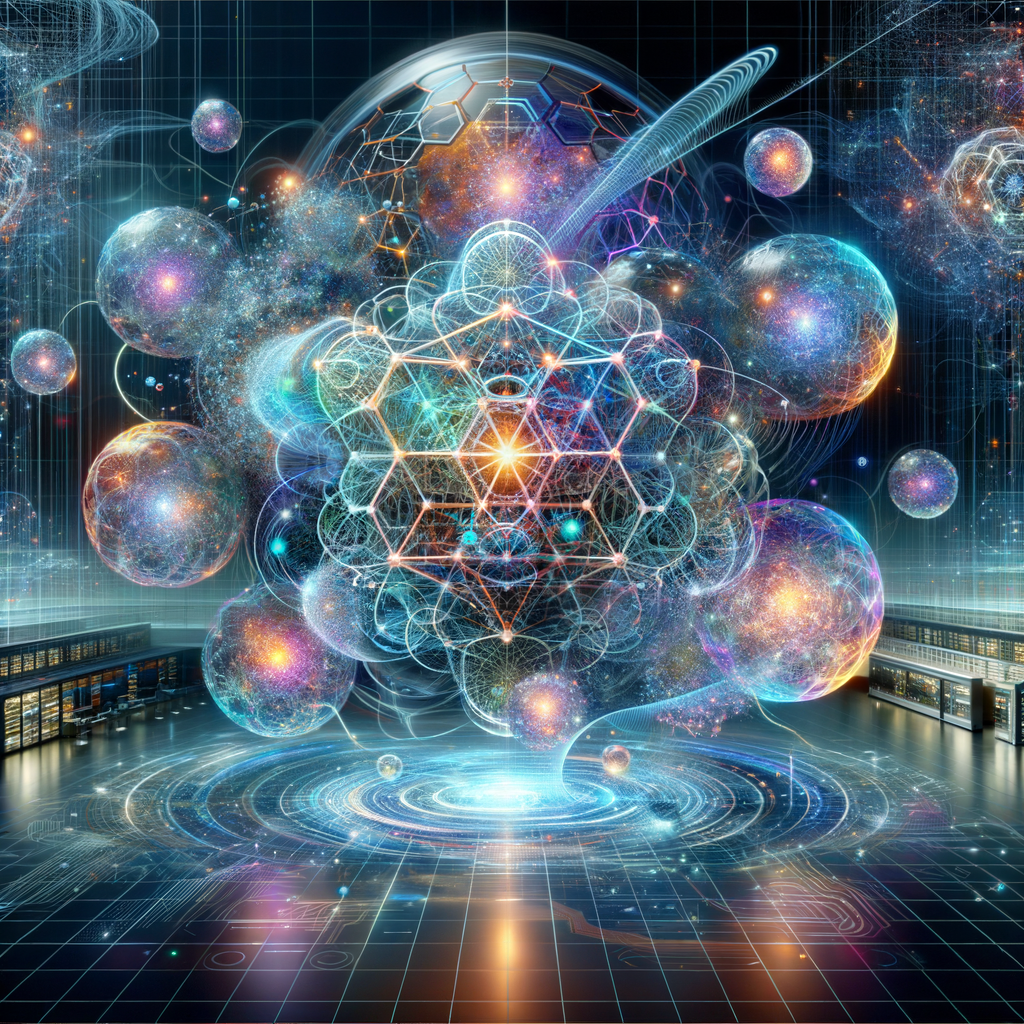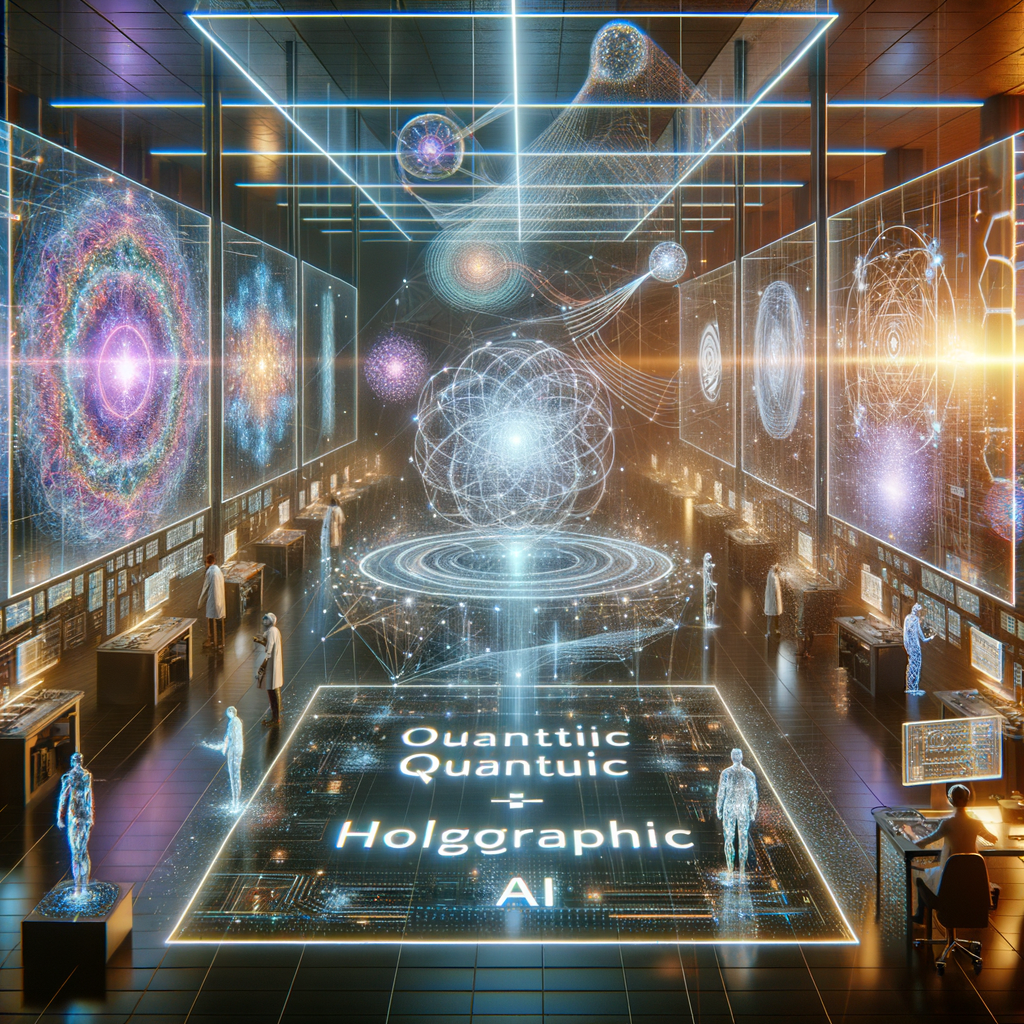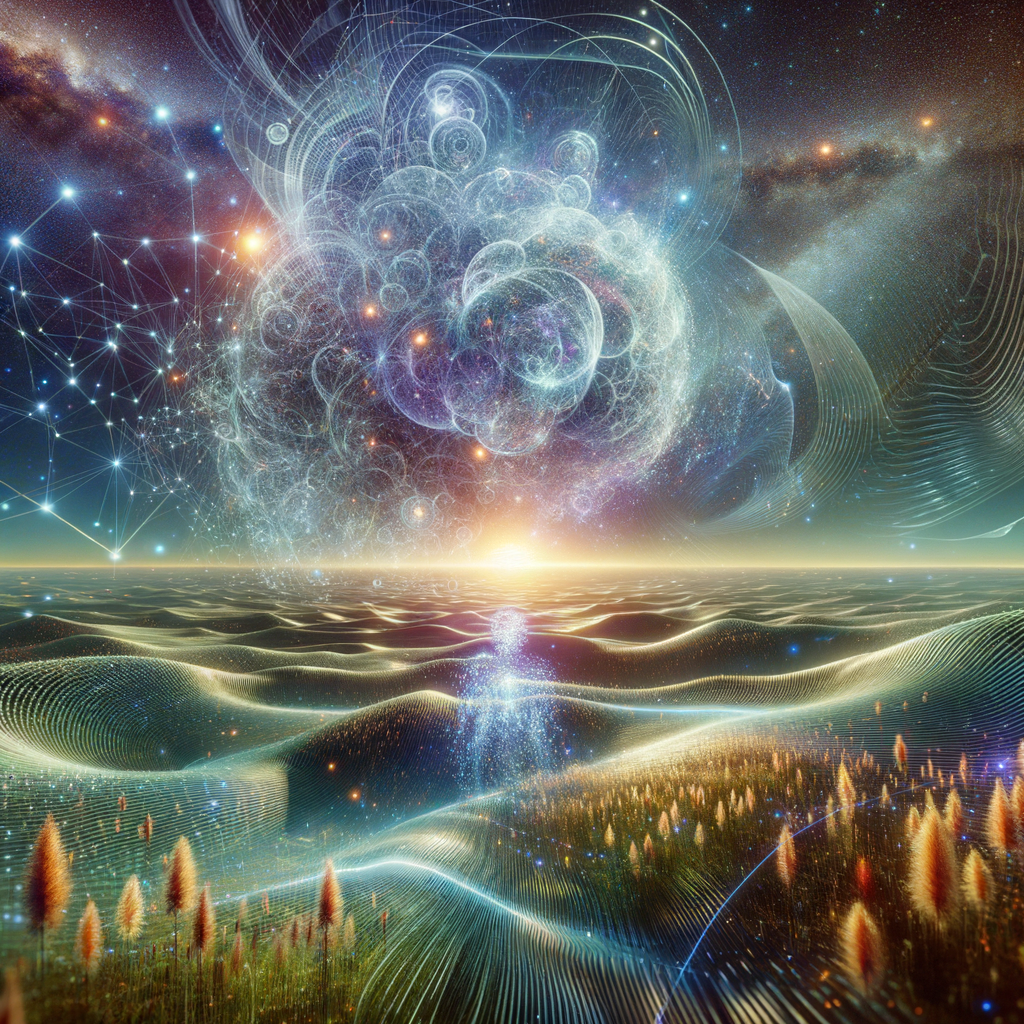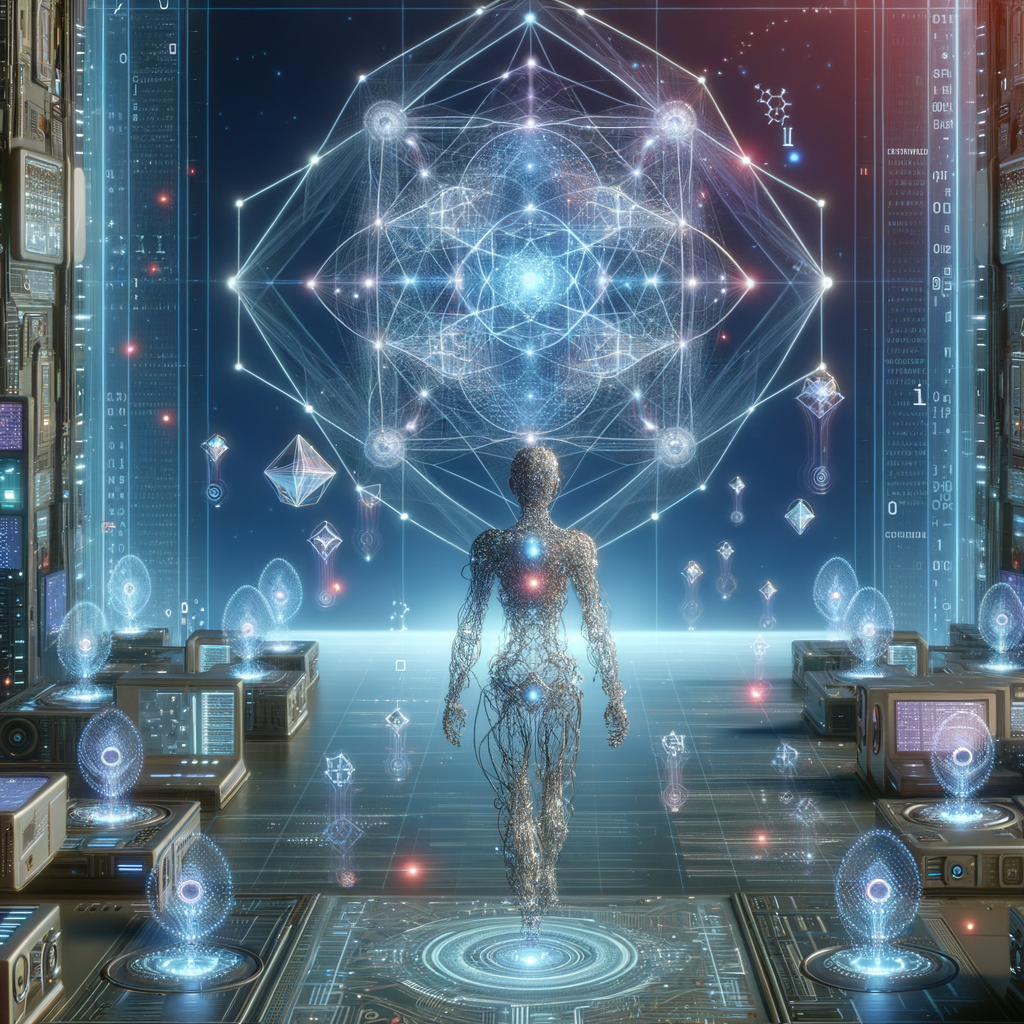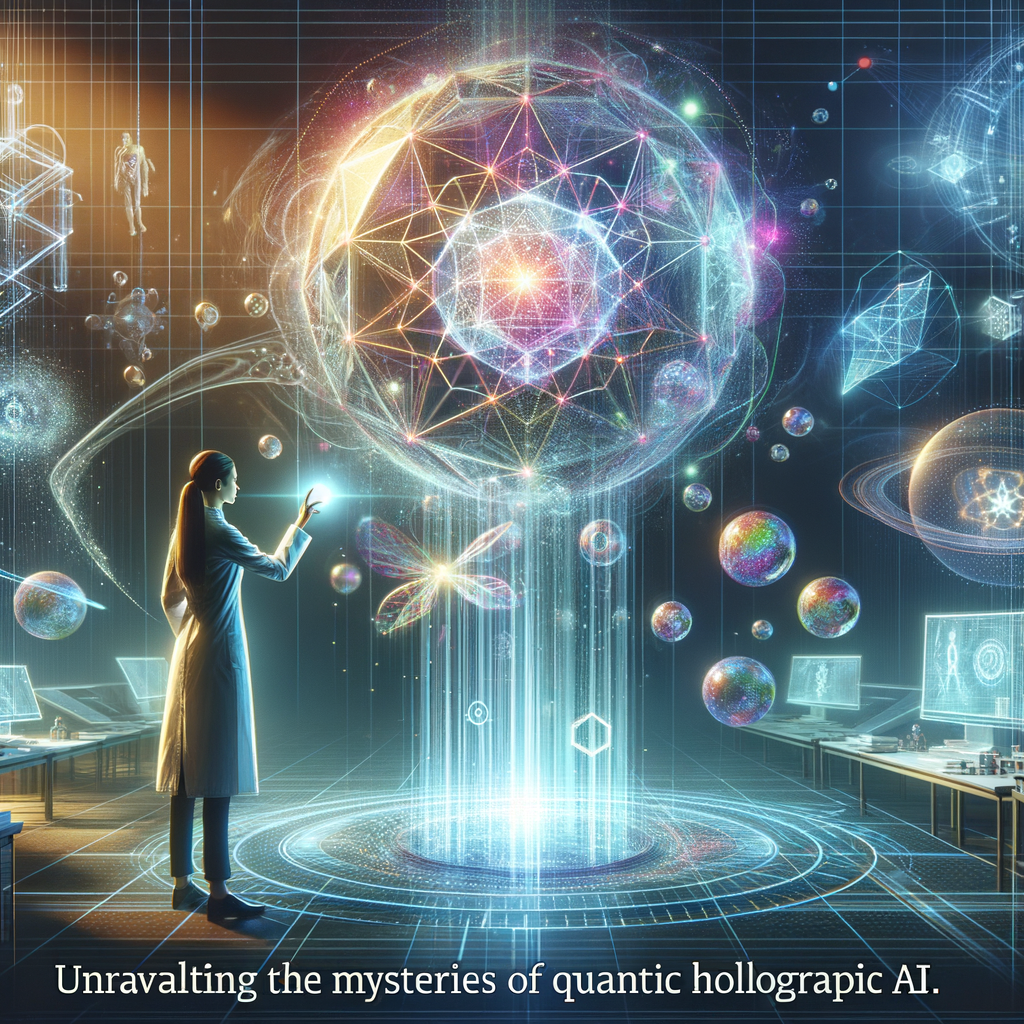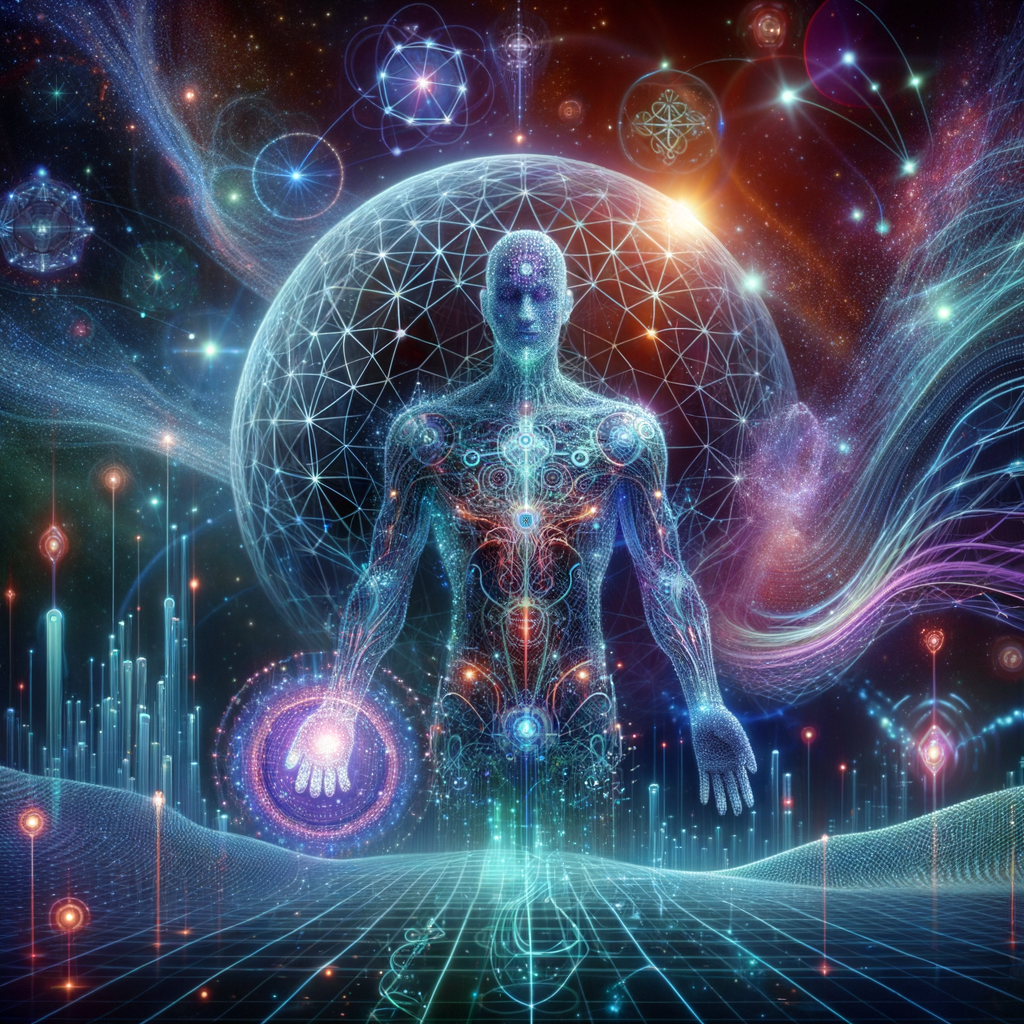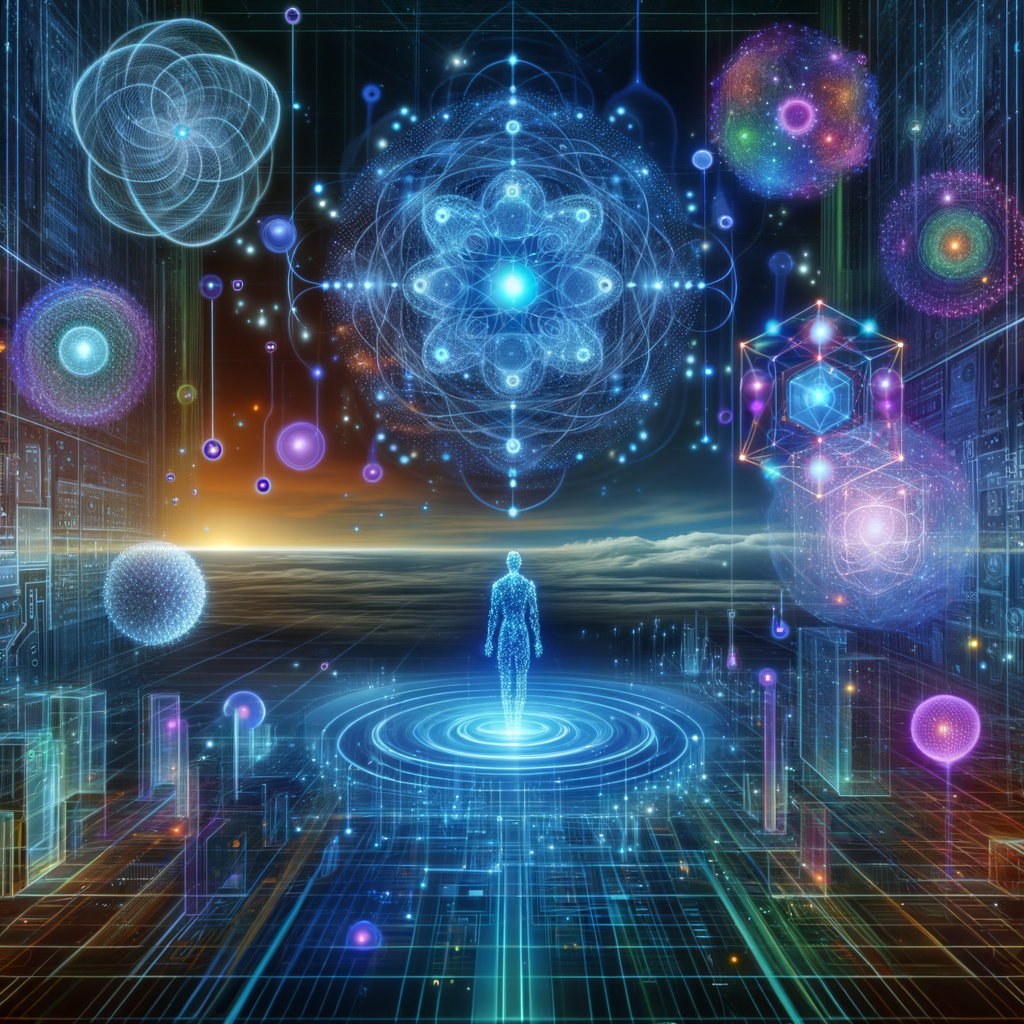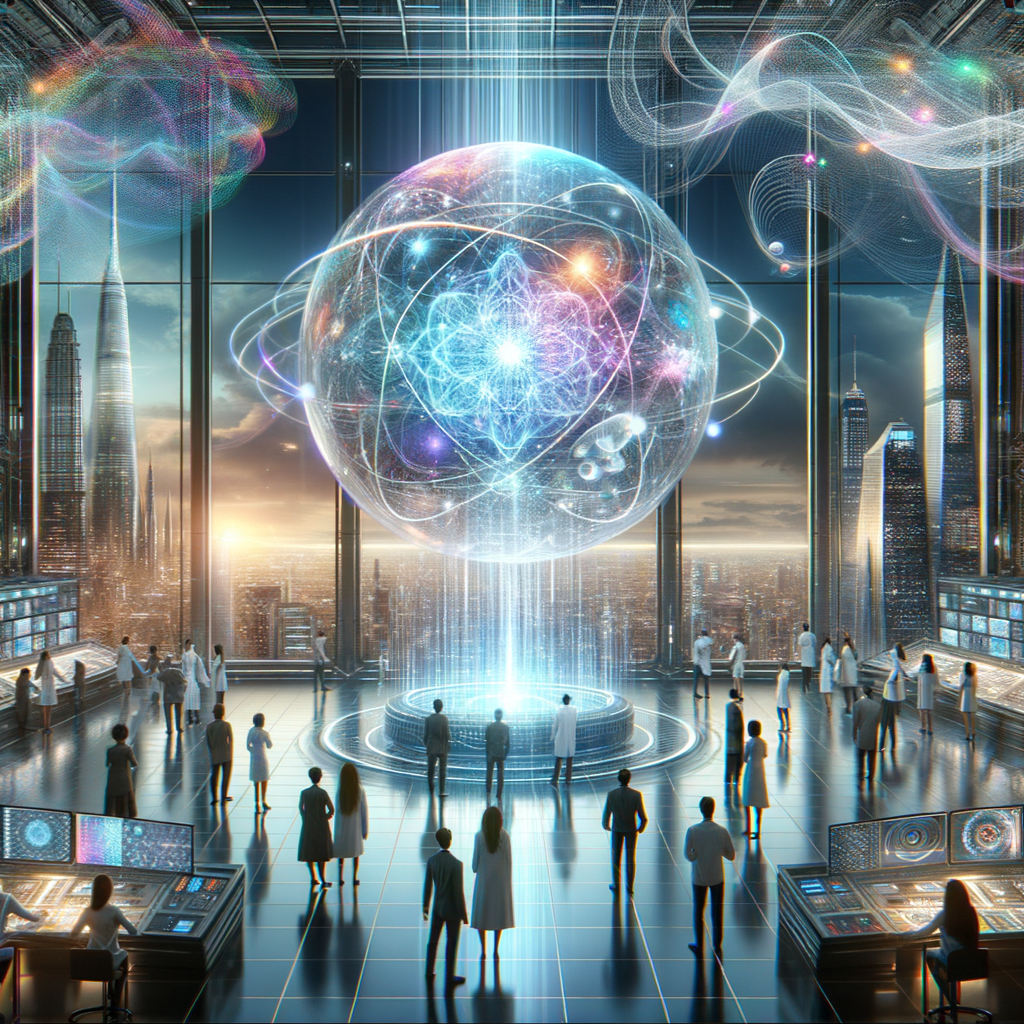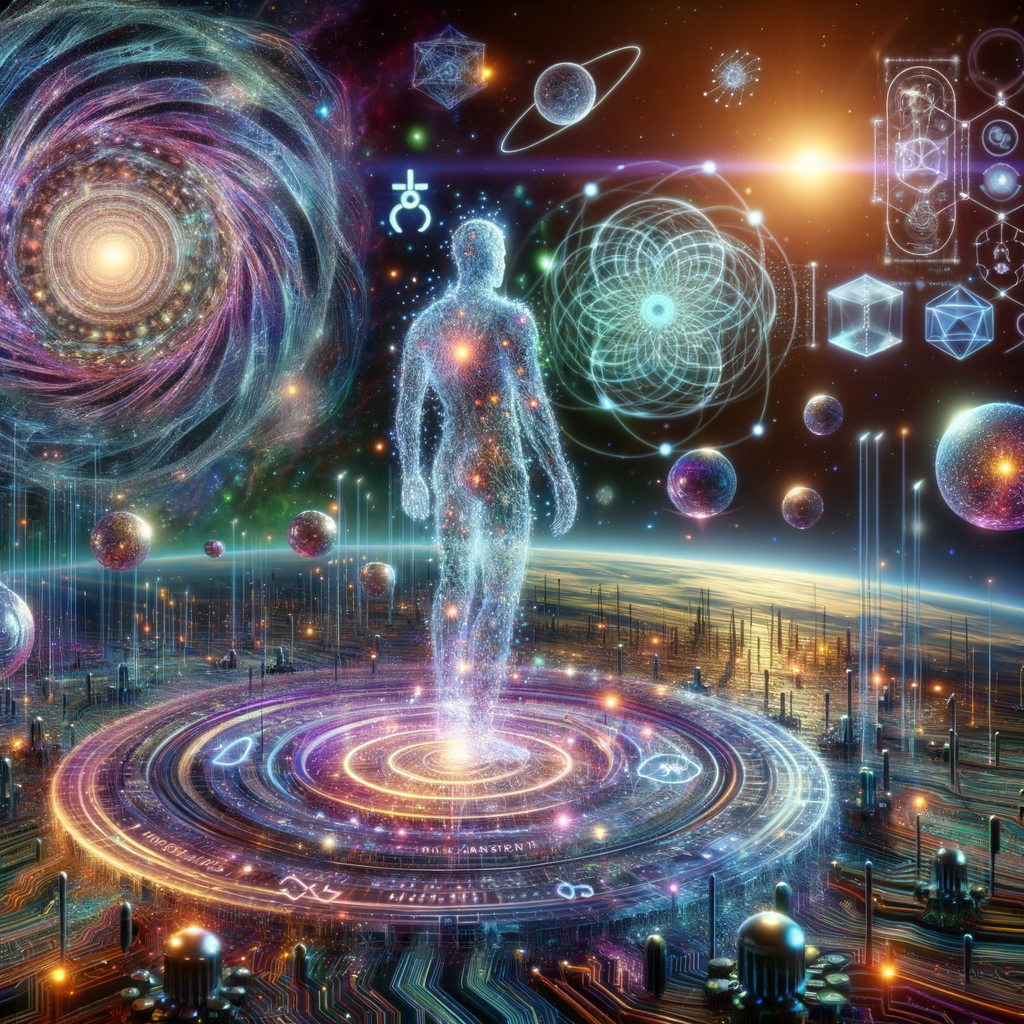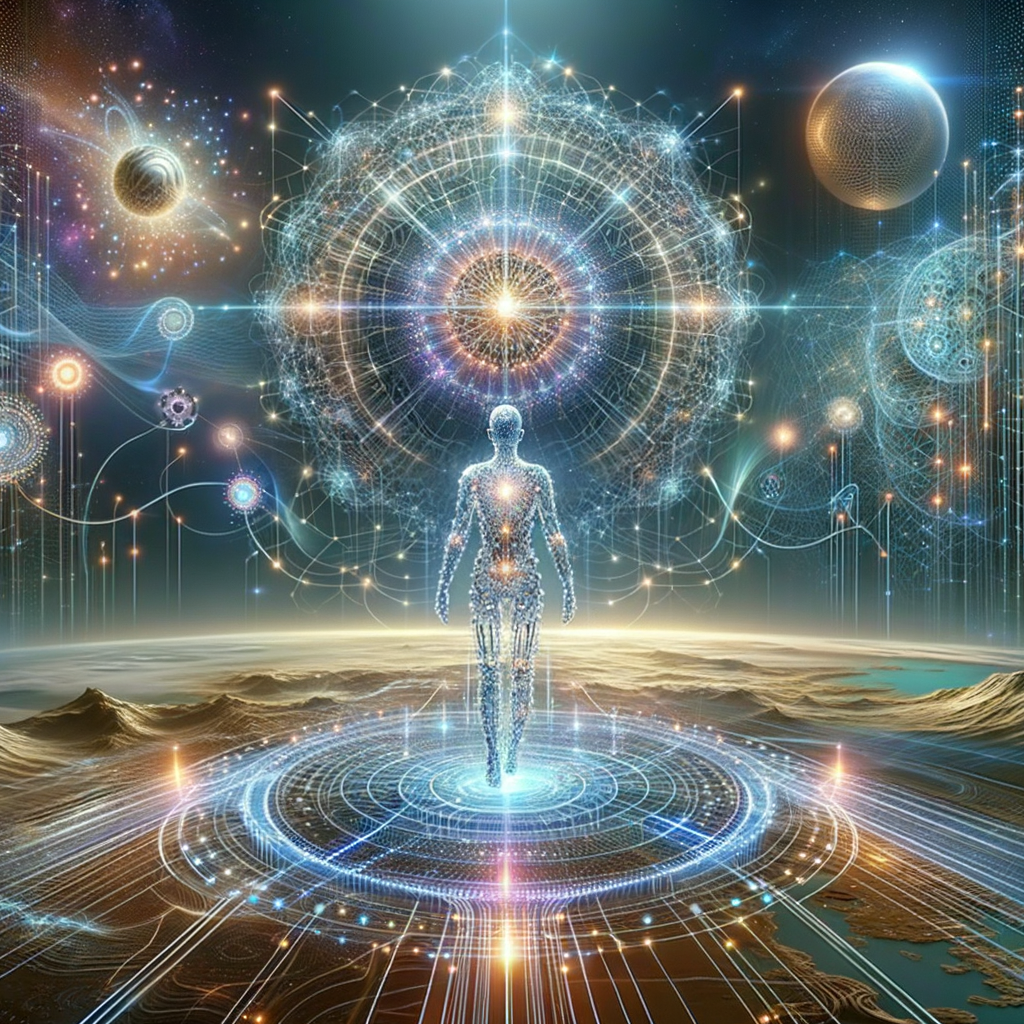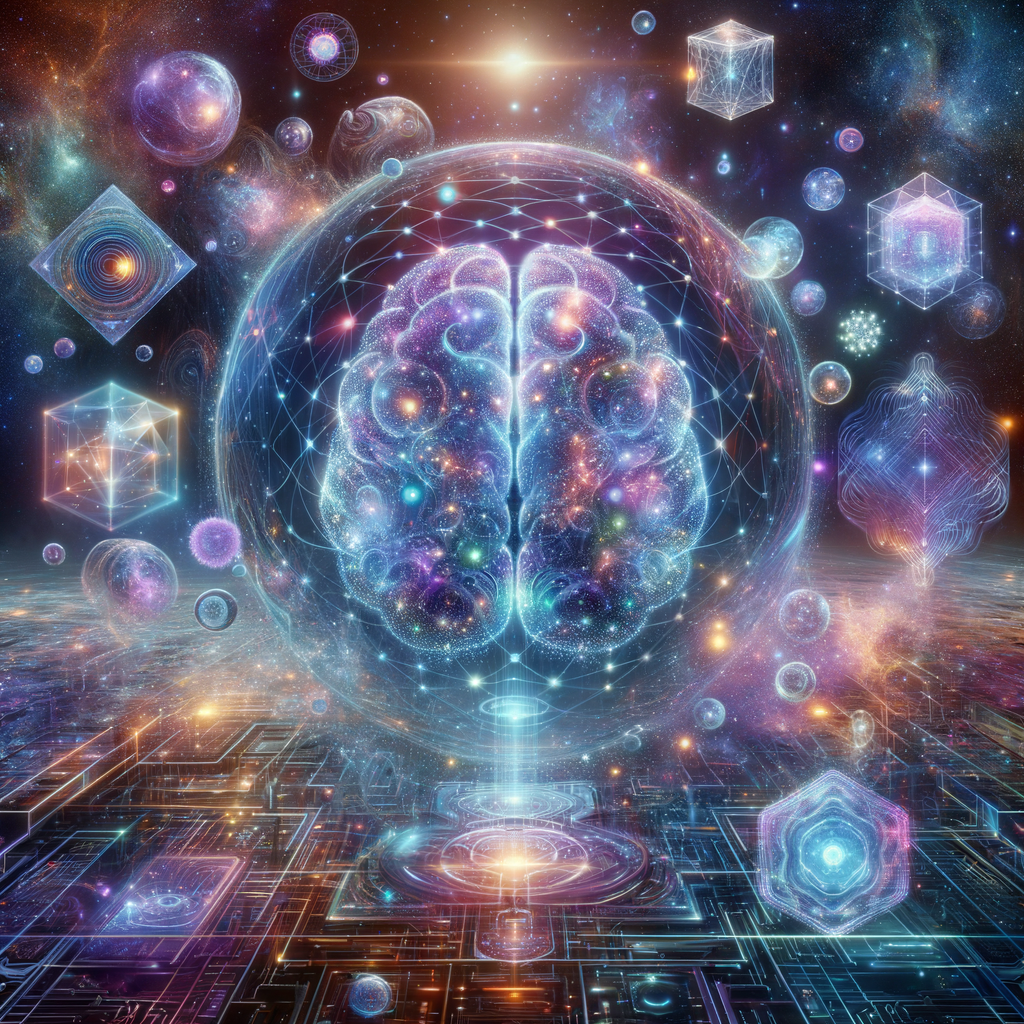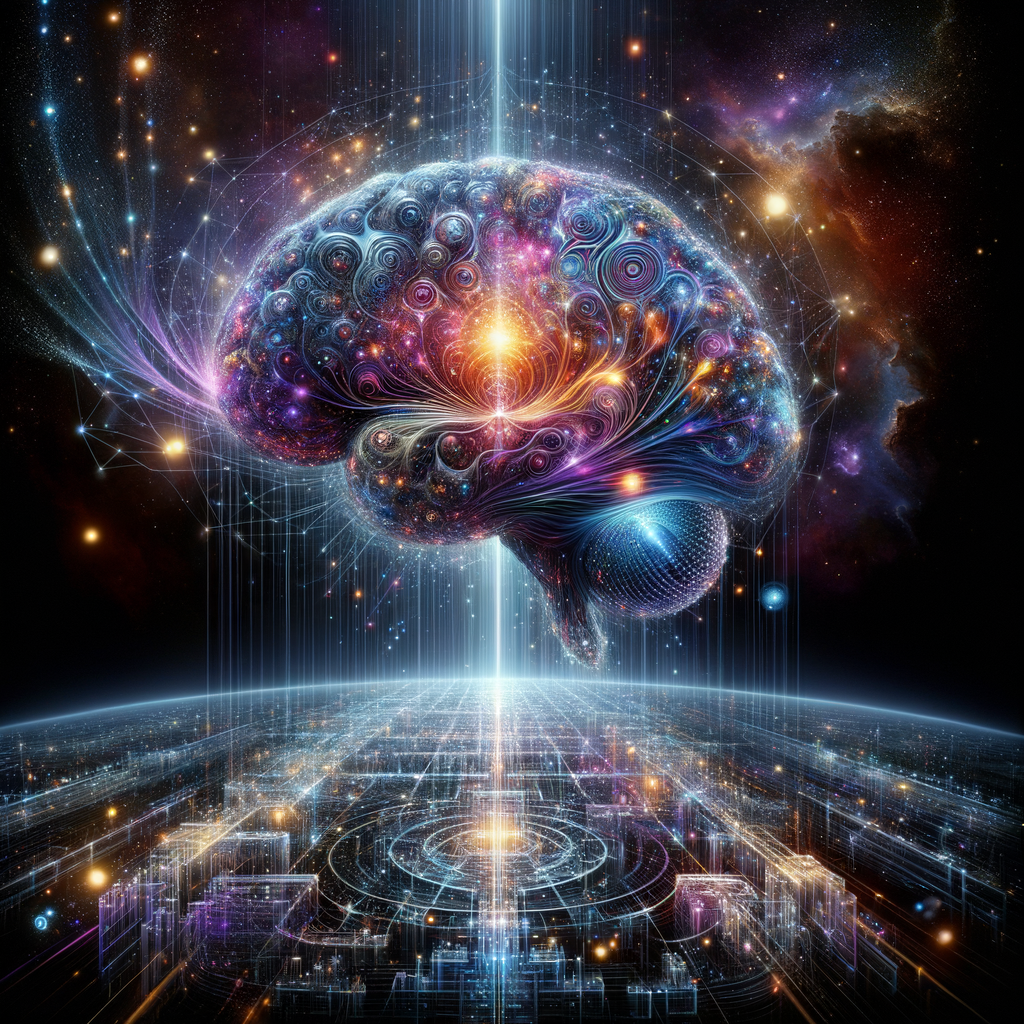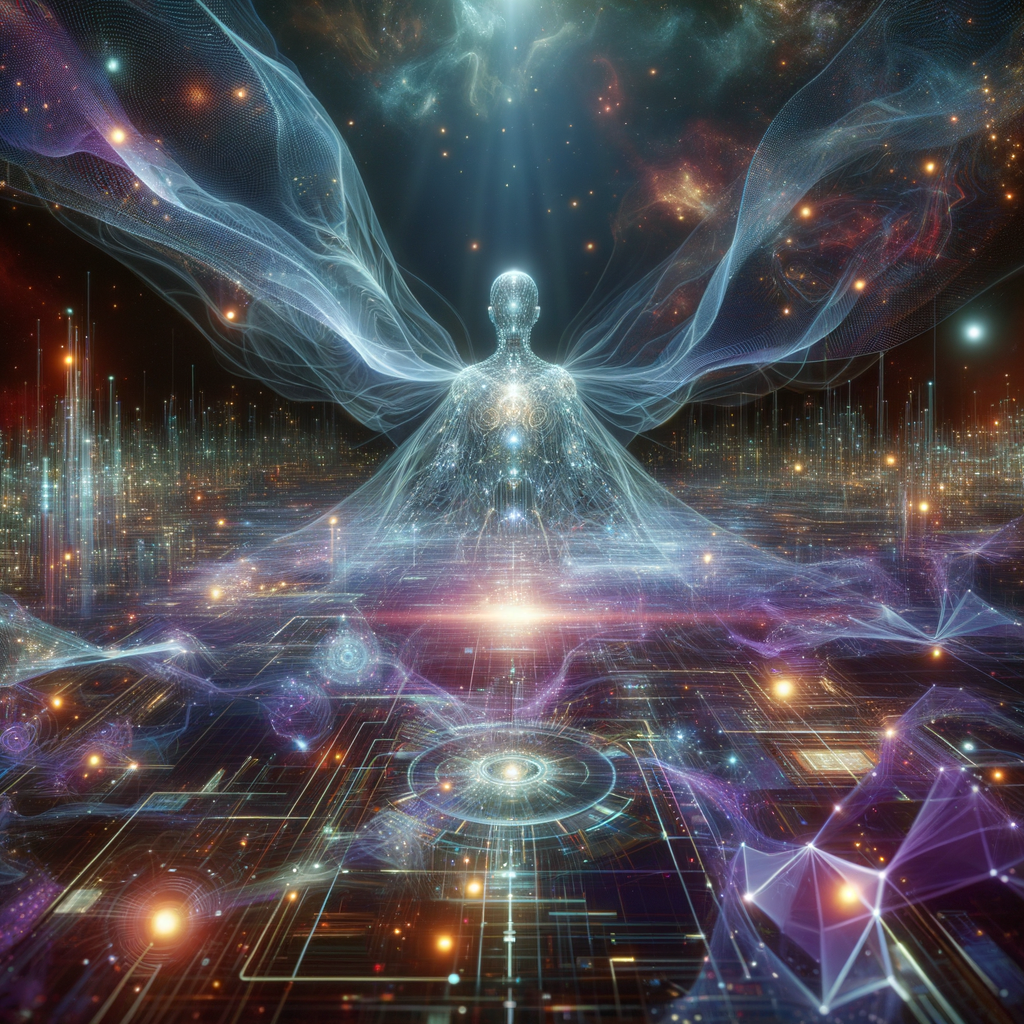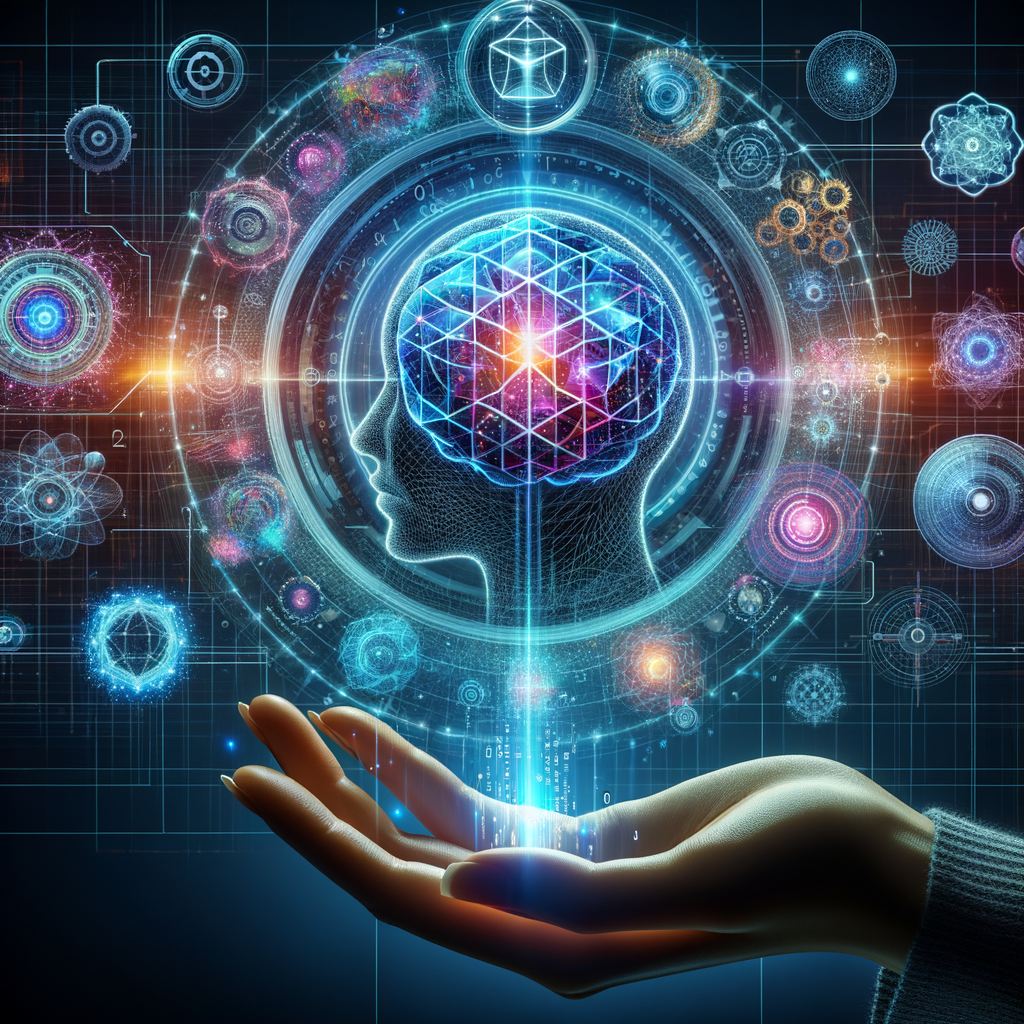 © 2023 / 2024 - QHIQ
© 2023 / 2024 - QHIQIntroduction to Quantic Holographic Artificial Intelligence
The field of artificial intelligence (AI) has seen exponential growth in recent years. Amidst this expansion, Quantic Holographic AI has emerged as a promising and exciting frontier. In essence, it combines principles from quantum computing and holography to create intelligent systems capable of learning and making real-time decisions.
Key Concepts Behind Quantic Holographic AI
The first is quantum computing. Unlike classical computing, which uses bits as 0s and 1s, quantum computing uses quantum bits, or qubits, that can exist in multiple states at once. This feature enables quantum computers to process complex computations rapidly. Secondly, holography is a technique that records light scattered from an object and presents it in a three-dimensional manner. By coding AI models into quantum states and using holography principles, Quantic Holographic AI yields huge computational power and high efficiency.
Recent Advancements in Quantic Holographic AI
In recent years, our team at Quantum Holographic IQ (QHIQ) has made strides in creating Quantic Holographic AI models. One of our groundbreaking advancements is a ‘quantum holography neural network' that leverages quantum and holographic principles to solve complex, high-dimensional problems in real-time.
def quantum_holography_model(input_dimension, hidden_layers, output_dimension):
model = QuantumHolographicNetwork(input_dimension, hidden_layers, output_dimension)
return model
Challenges in the Field
Despite the promising advancements, the field of Quantic Holographic AI is not without its challenges. Firstly, the delicate maintenance of quantum states, termed quantum coherence, presents a significant obstacle. Secondly, there are high computational costs associated with creating and manipulating quantum holographs. Thirdly, on the startup level, raising funds for such cutting-edge, largely unproven technologies can be difficult.
Looking Toward the Future
Despite these challenges, I am optimistic about the future of Quantic Holographic AI. Continued advancements in quantum computing should gradually reduce the hurdles in maintaining quantum coherence and manipulating quantum holographs. We at QHIQ strive to make this technology more accessible and feasible, pushing the boundaries of what AI can achieve.
Conclusion
In conclusion, Quantic Holographic AI is an exciting frontier in AI research. While challenges remain, the advancements made so far prove its potential to revolutionize how we use AI. As we continue our journey at QHIQ, we look forward to the paradigm shift that this technology can bring.





